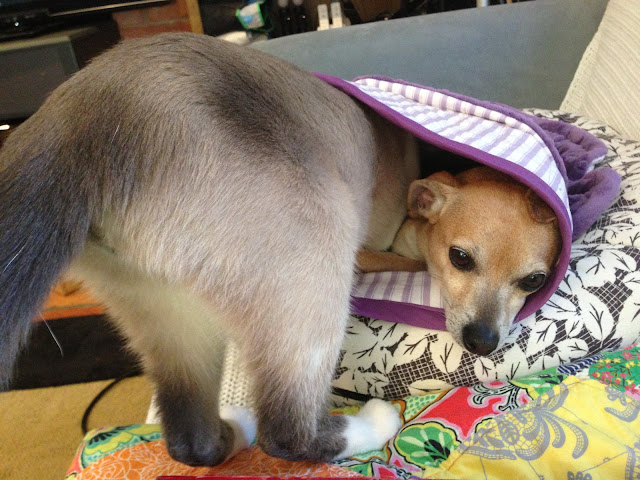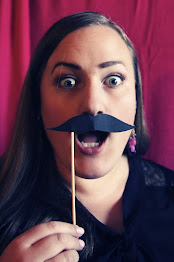My finished kitchen island fits right in to my kitchen.
Supplies, waiting to get cut.
I had most of the wood cut in the store, according to the cut list. I did end up getting a Kreg jig, something that is recommended in the instructions but that I initially though I'd skip. In the end, I'm really glad I got one, as it helped make the assembly really easy, and it will be very useful for future projects. Thanks to the Kreg, the whole piece came together start to finish in half a day, the constructed kitchen island is very stable, and all screws are completely hidden out of view.
I did make a few, small alteration from the original plans; I used 2x4s for the shelf support beams, for sturdier shelves, which I know will have to carry a lot of weight; I added a few inches of length overall in the bench top; I used wider boards for the bench top than the 2x6 recommended in the plans. Besides those alterations, I made it exactly after the specifications.
For the finish, I sanded the entire island, stained the top and the shelves a dark brown, and painted the base and the legs with a couple of coats of white. I topped it off with some polythyrene for shine and durability, as I wanted to be able to wipe it down.
Kitchen island, completed, waiting to dry.
It's not perfect, and noone will mistake it for a store-bought piece, but I'm actually really pleased with this project. It has vastly improved my kitchen! Previously, we had this tiny, much-too-llow, old and dingy butchers block in the center of our kitchen (that came with our rental house), and the only storage for pots and pans was the very limited space under the stove.
Shelves, shelves, and more shelves!
Now I have this massive work surface, at a great hight, plus two large shelves for storage of pots and pans! Finally, I have enough space for both cooking and storage, and the daily tetris-game of stacking pots under the stove, that used to take place each time I needed to cook, is over once and for all. I only wish I would have completed it sooner.
This project has taken me all year to complete, for no real good reason. I started it way back in January, and it's been put on the back burner many-a-times throughout the year, in favor of other project. I'm so happy to finally have it completed (I hate having unfinished work laying around), and I'm stoked to use it during the holiday cooking season!
Actual work only took about 3 days; one day get and cut supplies; one day for the build and sanding; and one for the paint job, with a couple of hours of actual work each day, and about $120 in supplies. Not bad for a brand new kitchen island! In addition, skill wise, this project was easy. I was able to do it, on my own with no problems, and I have absolutely zero experience doing something like this.
Thanks, Ana, for the awesome project plans!
Cost:
$122.11 in materials
~ 6 hours of work + drying time
The kitchen island added a perfect work space to my otherwise pretty crappy kitchen.


























































